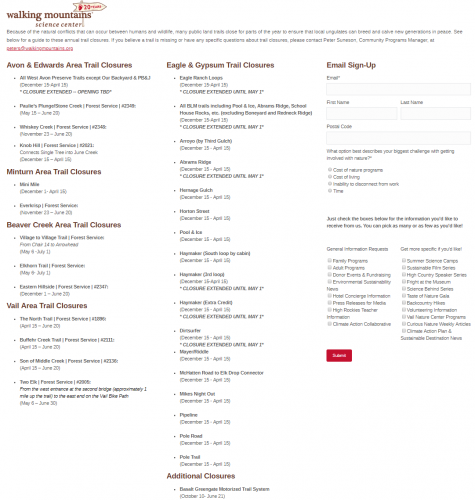beginnerhunter
Well-known member
- Joined
- Feb 15, 2016
- Messages
- 1,320
Probably going to be up to researchers to figure out what areas are most important
and when they are most vulnerable. Then place restrictions on them. I went to the beach this summer and they roped off areas where sea turtles had laid eggs. Not the whole beach, just areas that were sensitive. We weren't allowed to take selfies with the eggs.
and when they are most vulnerable. Then place restrictions on them. I went to the beach this summer and they roped off areas where sea turtles had laid eggs. Not the whole beach, just areas that were sensitive. We weren't allowed to take selfies with the eggs.








